Japanese new year decorations meaning. It is also a time for people to return to their families which leads to the inevitable backlog of travelers. It is believed that by double decking such noble. On the eve of the new year temple bells ring 108 times. The decorations originate from Shinto and are meant to welcome the New Year gods who bring luck and prosperity.
 Ringing In The New Year Okinawa Style Okinawa Hai From okinawahai.com
Ringing In The New Year Okinawa Style Okinawa Hai From okinawahai.com
Most businesses shut down from January 1 to January 3 and families typically gather to spend the days together. 8 times to ring out the old year and 100 times to usher in the new year. A kadomatsu a traditional Japanese new year decoration made of pine bamboo and other materials. Seeing certain images or themes in your dreams in the two or three days after New Years Day is a sign that good luck will be. 31 or even up to a few days before use the following phrases to wish someone a Happy New Year in Japanese. First at the gate of the house or at the door if they dont have a gate you see a pair of bamboopine leaves ornaments.
Kadomatsu is a decoration with three cut pieces of bamboo and pine for the Japanese New Years holiday.
Kado menas gate and Matsu means pine tree. Kagami mochi is used as a traditional Japanese New Year decoration. A kadomatsu a traditional Japanese new year decoration made of pine bamboo and other materials. Seeing certain images or themes in your dreams in the two or three days after New Years Day is a sign that good luck will be. At the end of the year on Dec. The New Year is the most important celebration in Japan and even if they look like simple ornaments the traditional Japanese New Year decorations have complex spiritual meanings.
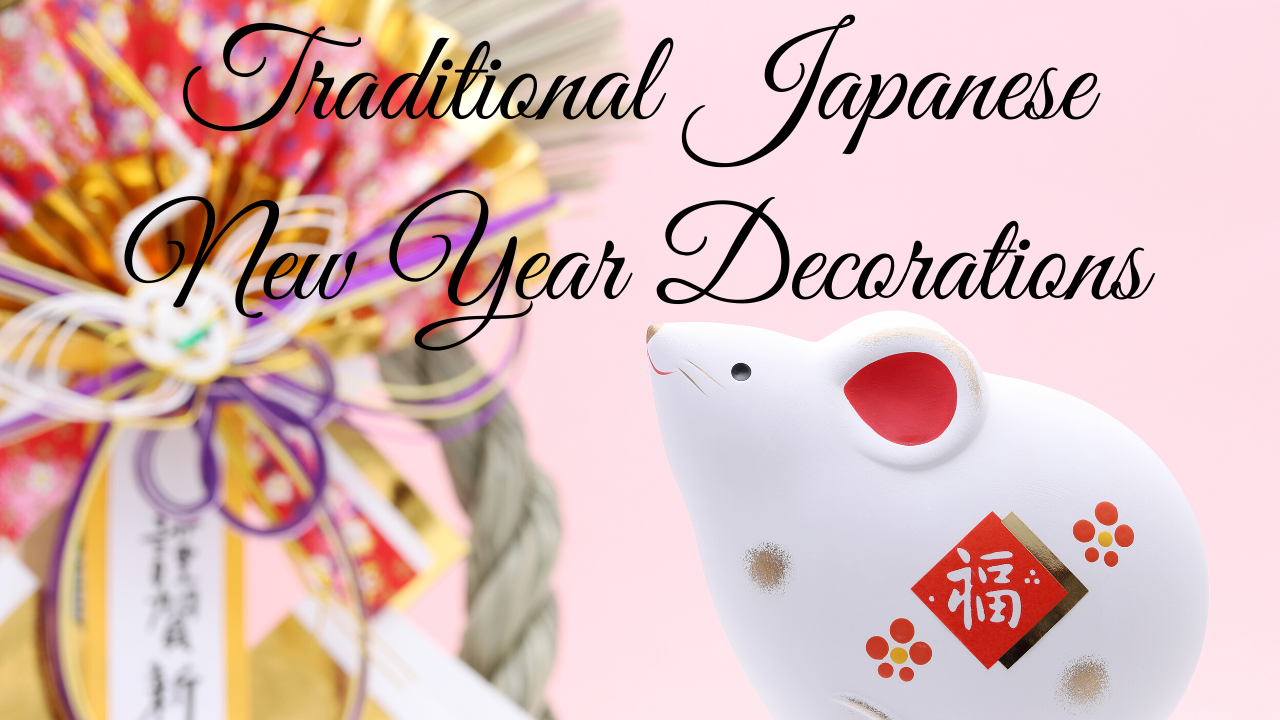 Source: jw-webmagazine.com
Source: jw-webmagazine.com
Kadomatsu is the landmark for the Shinto deity Toshigami-sama to enter your home. The phrases literally translate as I wish you will have a good new year Yoi otoshi o omukae kudasai. At the end of the year on Dec. The Japanese decorate their houses but before the decorations start to be put up a general house cleaning is done. Kagami mochi is used as a traditional Japanese New Year decoration.
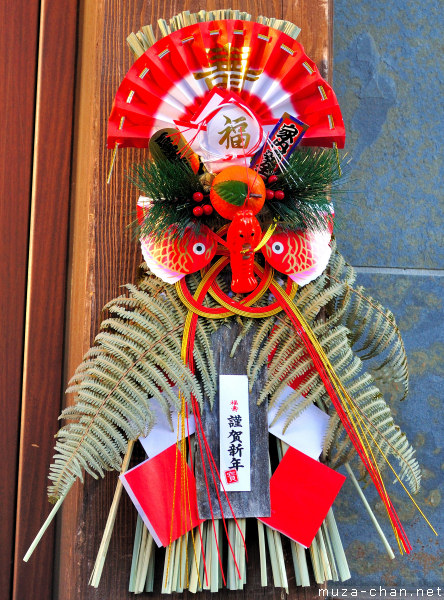 Source: muza-chan.net
Source: muza-chan.net
First at the gate of the house or at the door if they dont have a gate you see a pair of bamboopine leaves ornaments. Kadomatsu is a decoration with three cut pieces of bamboo and pine for the Japanese New Years holiday. It is believed that by double decking such noble. Nengajo is a New Year greeting postcard sent to relatives friends colleagues and other acquaintances thanking them for their kindness over the past year and wishing them well for the coming year. The most common New Years decorations are pine and bamboo sacred straw festoons and oval-shaped rice cakes.
 Source: party.lovetoknow.com
Source: party.lovetoknow.com
The decorations originate from Shinto and are meant to welcome the New Year gods who bring luck and prosperity. The subject of hatsuyume 初夢 or the first dream of the new year is traditionally considered an omen of how the coming year will welcome you. New Year decorations. First at the gate of the house or at the door if they dont have a gate you see a pair of bamboopine leaves ornaments. Kadomatsu is a decoration with three cut pieces of bamboo and pine for the Japanese New Years holiday.
 Source: pinterest.com
Source: pinterest.com
The Role of Kadomatsu Decorations. The New Year is the most important celebration in Japan and even if they look like simple ornaments the traditional Japanese New Year decorations have complex spiritual meanings. During Shougatsu Japanese houses are decorated with new year ornaments. On the eve of the new year temple bells ring 108 times. Kadomatsu - New Years Decorations Kadomatsu are paired bamboo and pine decorations that are set to the left and right of the entrance ways of a building in order to invite the god of the New Year Toshigamisama to bless that location for the coming year.
 Source: pinterest.com
Source: pinterest.com
Some are for protection other for welcoming the gods kami. On the eve of the new year temple bells ring 108 times. New Year decorations. 8 times to ring out the old year and 100 times to usher in the new year. Kadomatsu is the landmark for the Shinto deity Toshigami-sama to enter your home.
 Source: gurunavi.com
Source: gurunavi.com
Shimenawa is usually used at Shinto shrines to mark sacred spaces and to chase away the evil spirits. A kadomatsu a traditional Japanese new year decoration made of pine bamboo and other materials. Immediately after Christmas all associated. At the end of the year on Dec. 8 times to ring out the old year and 100 times to usher in the new year.
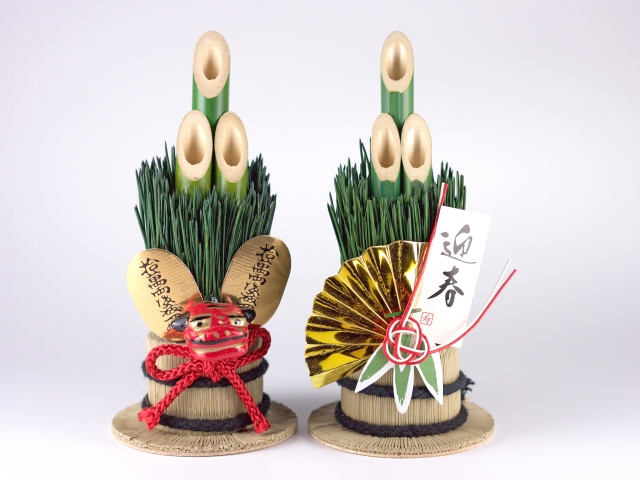 Source: japamigo.com
Source: japamigo.com
Years are traditionally viewed as completely separate with each new year providing a fresh start. There are more methods to make a shimenawa and also several methods to make a shide which can have 2 4 or 8 folds. The Kagami Mochi and Its Meaning. Shimenawa is usually used at Shinto shrines to mark sacred spaces and to chase away the evil spirits. First at the gate of the house or at the door if they dont have a gate you see a pair of bamboopine leaves ornaments.
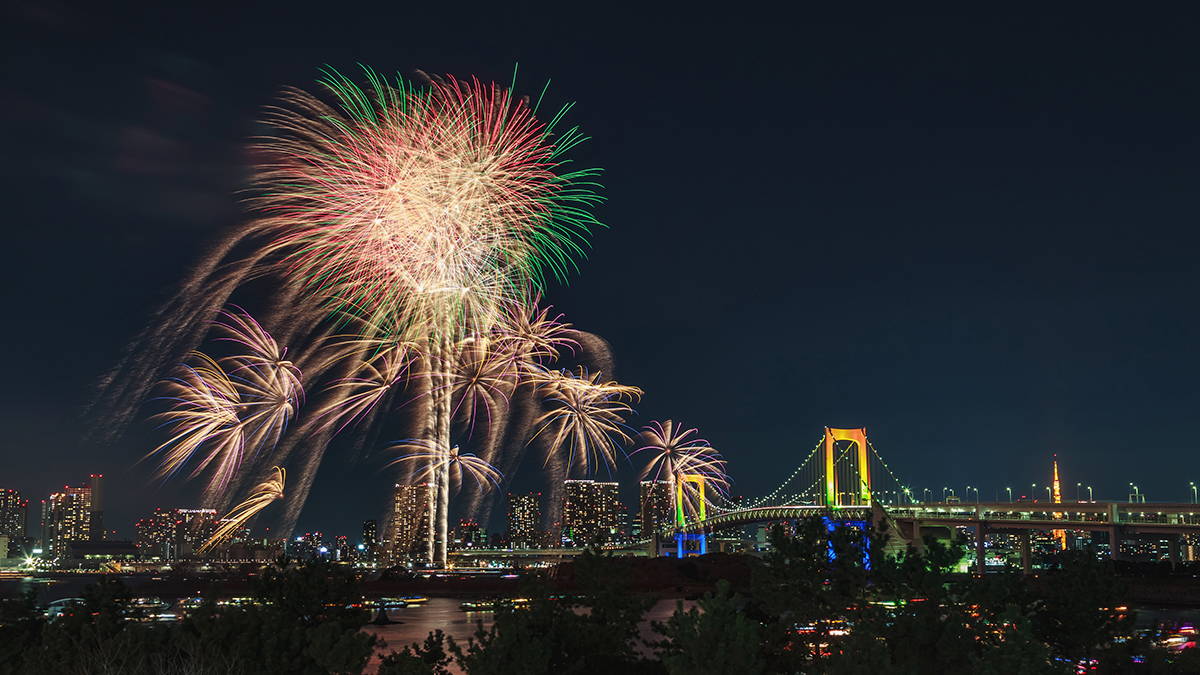 Source: kobejones.com.au
Source: kobejones.com.au
Seeing certain images or themes in your dreams in the two or three days after New Years Day is a sign that good luck will be. Shimenawa is usually used at Shinto shrines to mark sacred spaces and to chase away the evil spirits. At the end of the year on Dec. The subject of hatsuyume 初夢 or the first dream of the new year is traditionally considered an omen of how the coming year will welcome you. Traditional Japanese New Year Decoration Shimekezari.
 Source: pinterest.com
Source: pinterest.com
The phrases literally translate as I wish you will have a good new year Yoi otoshi o omukae kudasai. Nengajo is a New Year greeting postcard sent to relatives friends colleagues and other acquaintances thanking them for their kindness over the past year and wishing them well for the coming year. Kagami mochi is used as a traditional Japanese New Year decoration. The most common New Years decorations are pine and bamboo sacred straw festoons and oval-shaped rice cakes. Kadomatsu - New Years Decorations Kadomatsu are paired bamboo and pine decorations that are set to the left and right of the entrance ways of a building in order to invite the god of the New Year Toshigamisama to bless that location for the coming year.
 Source: id.pinterest.com
Source: id.pinterest.com
Prior to the start of the holiday houses are thoroughly cleaned to signify readiness for a new beginning and. Some are for protection other for welcoming the gods kami. It is believed that by double decking such noble. The most common New Years decorations are pine and bamboo sacred straw festoons and oval-shaped rice cakes. Most businesses shut down from January 1 to January 3 and families typically gather to spend the days together.
 Source: pinterest.com
Source: pinterest.com
During Shougatsu Japanese houses are decorated with new year ornaments. They are called kadomatsu 門松. The Japanese decorate their houses but before the decorations start to be put up a general house cleaning is done. The shimekezari used on New Year has a similar meaning. Nengajo is a New Year greeting postcard sent to relatives friends colleagues and other acquaintances thanking them for their kindness over the past year and wishing them well for the coming year.
 Source: pinterest.com
Source: pinterest.com
The Role of Kadomatsu Decorations. 8 times to ring out the old year and 100 times to usher in the new year. The most common New Years decorations are pine and bamboo sacred straw festoons and oval-shaped rice cakes. The New Year is the most important celebration in Japan and even if they look like simple ornaments the traditional Japanese New Year decorations have complex spiritual meanings. The decorations originate from Shinto and are meant to welcome the New Year gods who bring luck and prosperity.
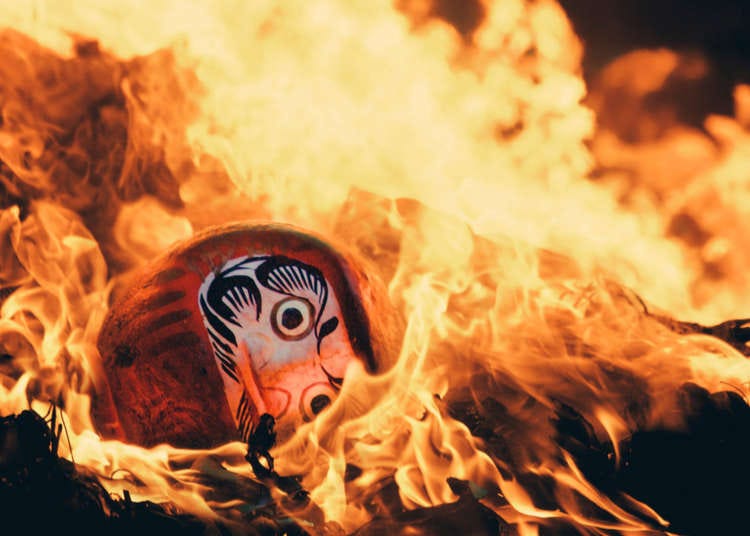 Source: livejapan.com
Source: livejapan.com
Some are for protection other for welcoming the gods kami. The subject of hatsuyume 初夢 or the first dream of the new year is traditionally considered an omen of how the coming year will welcome you. Years are traditionally viewed as completely separate with each new year providing a fresh start. The Kagami Mochi and Its Meaning. There are more methods to make a shimenawa and also several methods to make a shide which can have 2 4 or 8 folds.
 Source: ar.pinterest.com
Source: ar.pinterest.com
Kado menas gate and Matsu means pine tree. Kagami means mirror in Japanese and it is often said that its shape resembles a bronze mirror which was considered a treasure by the ancient Japanese. New Year decorations. Consequently all duties are supposed to be completed. Some are for protection other for welcoming the gods kami.
 Source: muza-chan.net
Source: muza-chan.net
After Christmas you will see this decoration at the entrances of houses and buildings in Japan. The Japanese decorate their houses but before the decorations start to be put up a general house cleaning is done. New Years Celebration. The subject of hatsuyume 初夢 or the first dream of the new year is traditionally considered an omen of how the coming year will welcome you. Kadomatsu is the landmark for the Shinto deity Toshigami-sama to enter your home.
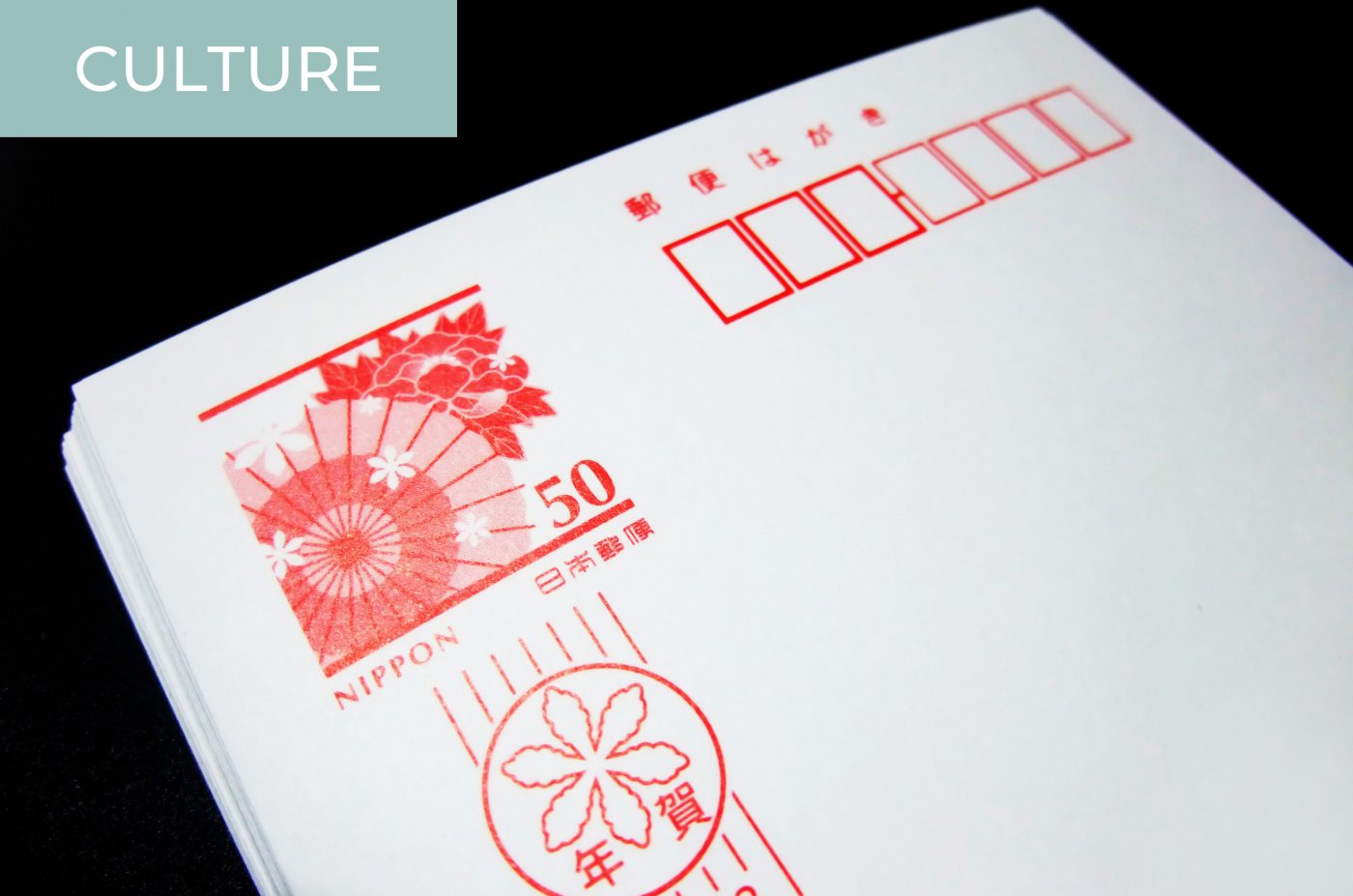 Source: kokoro-jp.com
Source: kokoro-jp.com
The Japanese decorate their houses but before the decorations start to be put up a general house cleaning is done. On the eve of the new year temple bells ring 108 times. Consequently all duties are supposed to be completed. First at the gate of the house or at the door if they dont have a gate you see a pair of bamboopine leaves ornaments. There are more methods to make a shimenawa and also several methods to make a shide which can have 2 4 or 8 folds.
 Source: pinterest.com
Source: pinterest.com
First at the gate of the house or at the door if they dont have a gate you see a pair of bamboopine leaves ornaments. On the eve of the new year temple bells ring 108 times. Immediately after Christmas all associated. Shimenawa is usually used at Shinto shrines to mark sacred spaces and to chase away the evil spirits. The most common New Years decorations are pine and bamboo sacred straw festoons and oval-shaped rice cakes.
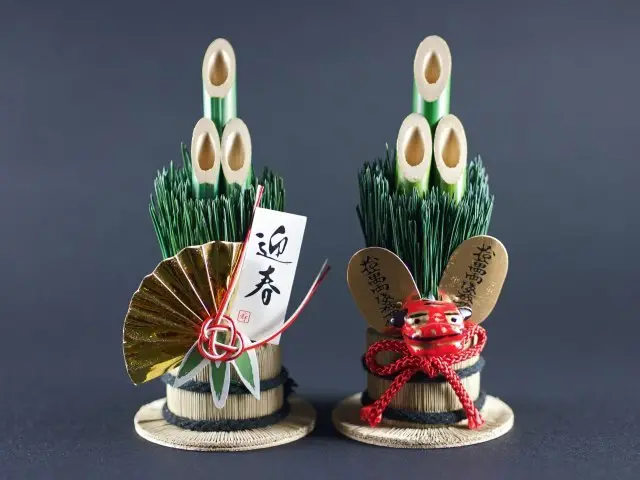 Source: questionjapan.com
Source: questionjapan.com
They are called kadomatsu 門松. The phrases literally translate as I wish you will have a good new year Yoi otoshi o omukae kudasai. Kado menas gate and Matsu means pine tree. Nengajo is a New Year greeting postcard sent to relatives friends colleagues and other acquaintances thanking them for their kindness over the past year and wishing them well for the coming year. Most businesses shut down from January 1 to January 3 and families typically gather to spend the days together.
 Source: pinterest.com
Source: pinterest.com
First at the gate of the house or at the door if they dont have a gate you see a pair of bamboopine leaves ornaments. There are more methods to make a shimenawa and also several methods to make a shide which can have 2 4 or 8 folds. In the last weeks of the year Japanese people hang decorations made from pine bamboo and rope around their houses. It is believed that by double decking such noble. At the end of the year on Dec.

The origins of nengajo are believed to date back 1000 years when people in the Heian Period would send New Year letters to let others know they were alive and well. Nengajo is a New Year greeting postcard sent to relatives friends colleagues and other acquaintances thanking them for their kindness over the past year and wishing them well for the coming year. At the end of the year on Dec. Some are for protection other for welcoming the gods kami. Most businesses shut down from January 1 to January 3 and families typically gather to spend the days together.
 Source: pinterest.com
Source: pinterest.com
There are more methods to make a shimenawa and also several methods to make a shide which can have 2 4 or 8 folds. The Kagami Mochi and Its Meaning. At the end of the year on Dec. The subject of hatsuyume 初夢 or the first dream of the new year is traditionally considered an omen of how the coming year will welcome you. In the last weeks of the year Japanese people hang decorations made from pine bamboo and rope around their houses.
 Source: pinterest.com
Source: pinterest.com
New Year 正月 shōgatsu is the most important holiday in Japan. The New Year is the most important celebration in Japan and even if they look like simple ornaments the traditional Japanese New Year decorations have complex spiritual meanings. The Role of Kadomatsu Decorations. Shimekazari 注連飾りis one of the many fascinating and unique New Year traditions that are still being followed even in modern times in Japan. The decorations originate from Shinto and are meant to welcome the New Year gods who bring luck and prosperity.
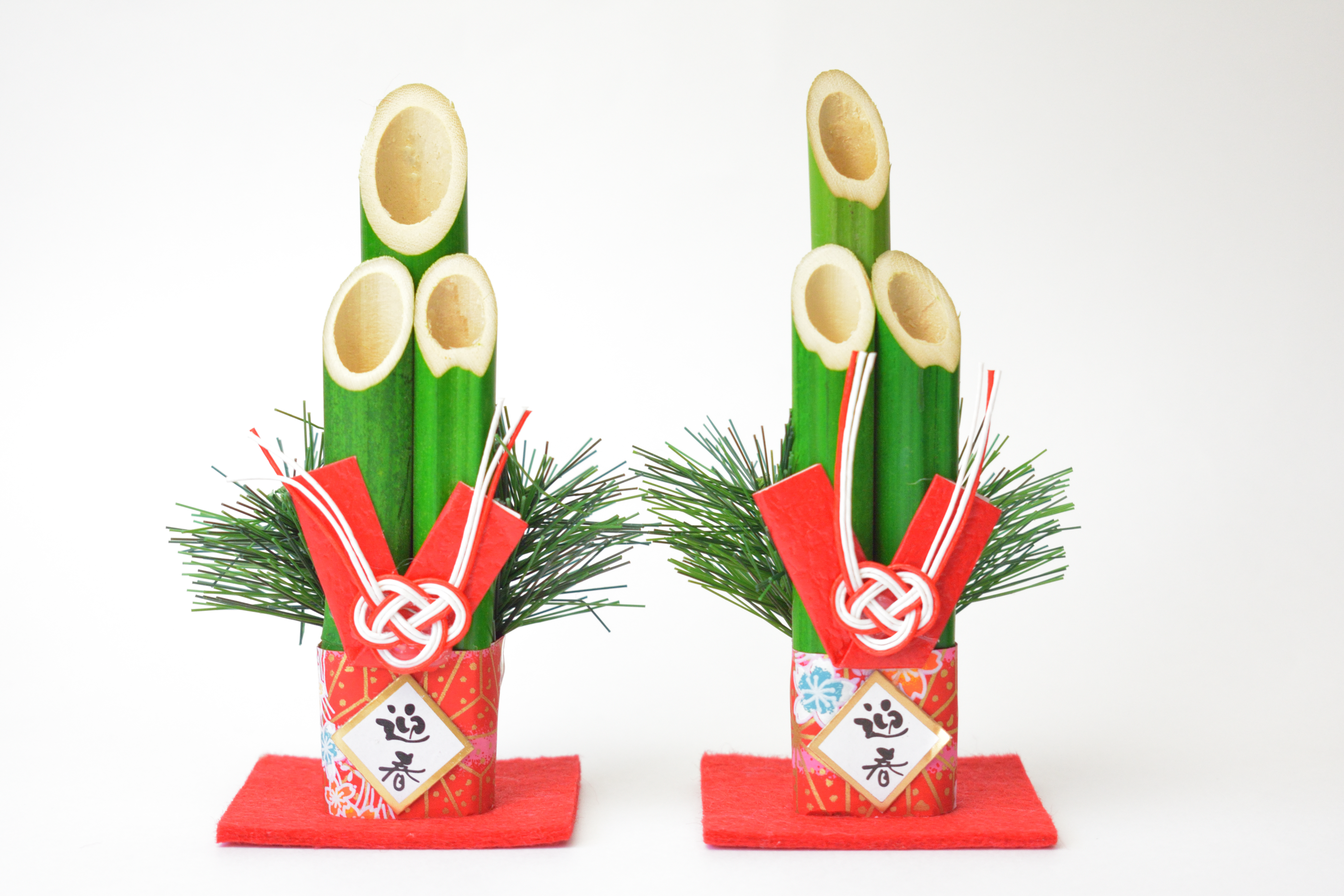 Source: jw-webmagazine.com
Source: jw-webmagazine.com
A kadomatsu a traditional Japanese new year decoration made of pine bamboo and other materials. The origins of nengajo are believed to date back 1000 years when people in the Heian Period would send New Year letters to let others know they were alive and well. New Year decorations. Traditional Japanese New Year Decoration Shimekezari. After Christmas you will see this decoration at the entrances of houses and buildings in Japan.
 Source: nl.pinterest.com
Source: nl.pinterest.com
Kado menas gate and Matsu means pine tree. On the eve of the new year temple bells ring 108 times. It is believed that by double decking such noble. Years are traditionally viewed as completely separate with each new year providing a fresh start. New Year decorations.
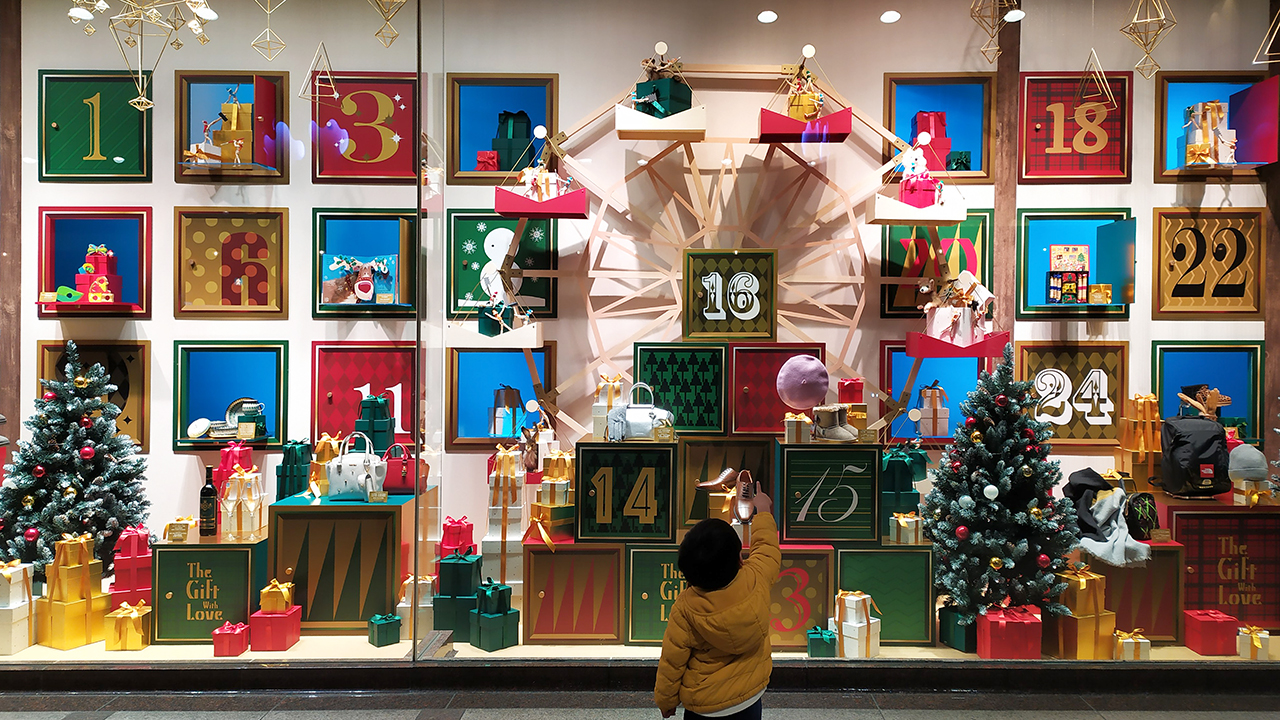 Source: voyapon.com
Source: voyapon.com
Years are traditionally viewed as completely separate with each new year providing a fresh start. The Kagami Mochi and Its Meaning. The New Year is the most important celebration in Japan and even if they look like simple ornaments the traditional Japanese New Year decorations have complex spiritual meanings. Prior to the start of the holiday houses are thoroughly cleaned to signify readiness for a new beginning and. A kadomatsu a traditional Japanese new year decoration made of pine bamboo and other materials.
This site is an open community for users to do submittion their favorite wallpapers on the internet, all images or pictures in this website are for personal wallpaper use only, it is stricly prohibited to use this wallpaper for commercial purposes, if you are the author and find this image is shared without your permission, please kindly raise a DMCA report to Us.
If you find this site value, please support us by sharing this posts to your favorite social media accounts like Facebook, Instagram and so on or you can also save this blog page with the title japanese new year decorations meaning by using Ctrl + D for devices a laptop with a Windows operating system or Command + D for laptops with an Apple operating system. If you use a smartphone, you can also use the drawer menu of the browser you are using. Whether it’s a Windows, Mac, iOS or Android operating system, you will still be able to bookmark this website.

